Education
Wimmera CMA is always looking for ways to educate the community and next generation about natural resource management in our catchment.
We try to work with the primary and secondary schools in educating the younger community as well as holding seminars and conferences open to the wider public.
Together with the Geography Teachers’ Association of Victoria (GTAV), Wimmera CMA have developed 3 Case Study Resources lesson plans for Year 7 Geography teachers and students.
You can find out more about GTAV resources or information at
https://www.gtav.asn.au/resources/secondary-resources-7-10

Water is not only vital for life, but also has economical, recreational, spiritual and aesthetic importance. As our climate continues to change, water availability is becoming less predictable and extreme weather events such as drought and floods continue to impact people and places. It is the role of Catchment Management Authorities (CMAs) to plan and coordinate the management of environmental values within their region. This includes protecting waterways, biodiversity and the land surrounding the catchments.
Resources
In this resource, the Wimmera is used as a case study to explore the following ideas:
- how water moves between and connects places,
- water scarcity in regional areas and how this is managed through environmental flows,
- the spiritual connection and local history of First Nations Peoples, and
- the impact of hydrological hazards over time in the region.
Opportunities to practise foundational geographical mapping and geospatial skills are presented throughout each of the 5 lessons.
Download the:
Teacher unit outline and lesson plan series, PDF 1MB
Student worksheets PDF 883KB
Teacher worksheet solutions PDF 954KB
If you would like to find more resources or information see the GTAV website lesson Water in the World

Many important geographical skills and concepts are covered in this case study. Students will use geospatial technology on multiple occasions. The final three lessons are based around fieldwork in Horsham with pre and post-fieldwork activities, including the writing of a fieldwork report. A teacher plan is included which outlines differentiated learning options and extra resources available.
Resources
In this regional case study, students will gain an understanding of place and liveability and assess the factors which can affect liveability in the Wimmera Region.
They will explore the importance of both natural and human environments with a focus on the role of water resources in the Wimmera region and how liveability can be improved.
Download the:
Teacher Plan Place and Liveability PDF 965KB
Lessons 1-6
Lesson 1 What is Liveability PDF 1.0MB
Lesson 2 Natural features of the Wimmera region PDF 788KB
Lesson 3 Liveability Human environment PDF 605KB
Lesson 4 Liveability Natural Environment PDF 786KB
Lesson 5 Threats to water resources PDF 1.0MB
Lesson 6 Improving liveability PDF 722KB
Fieldwork Lessons 7-9
Lesson 7 Fieldwork preparation PDF 570KB
Lesson 8 Fieldwork activities PDF 821KB
Lesson 9 Field Report PDF 456KB
If you would like to find more resources or information see the GTAV website lesson Place and Liveability

Water is not only vital for life, but also has economical, recreational, spiritual and aesthetic importance. As our climate continues to change, water availability is becoming less predictable and extreme weather events such as drought and floods continue to impact people and places. It is the role of Catchment Management Authorities (CMAs) to plan and coordinate the management of environmental values within their region. This includes protecting waterways, biodiversity and the land surrounding the catchments. Catchment management is achieved through the combined efforts of the community. Government and non-government organisations work together towards common and sustainable targets in order to achieve this balance.
Resources
This unit is intended to follow on from Case Study 2 ‘Liveability in the Wimmera region’
In this regional case study, students will gain an understanding of the ways in which water is an integral part of both the natural and human environments. They will understand the various ways that the First Nations peoples of the Wimmera region have used and managed the water resources in the past and the present.
This includes an examination of ‘the spiritual, economic, cultural and aesthetic value of water for people’.
Through a range of geographic activities, they will learn about the water resources of the Wimmera region. They will also develop an understanding of the ways in which the perception, use and management of these resources have changed over time.
Download the:
Teacher Plan: The Geography of Water – First Nations Focus PDF 1.23MB
Lesson 1 The First Nations People of the Wimmera Region PDF 423KB
Lesson 2 Indigenous Use and Management of Water Resources PDF 373KB
Lesson 3 Ranch Billabong, A Case Study PDF 877KB
If you would like to find more resources or information see the GTAV website lesson First Nations Water in the World




